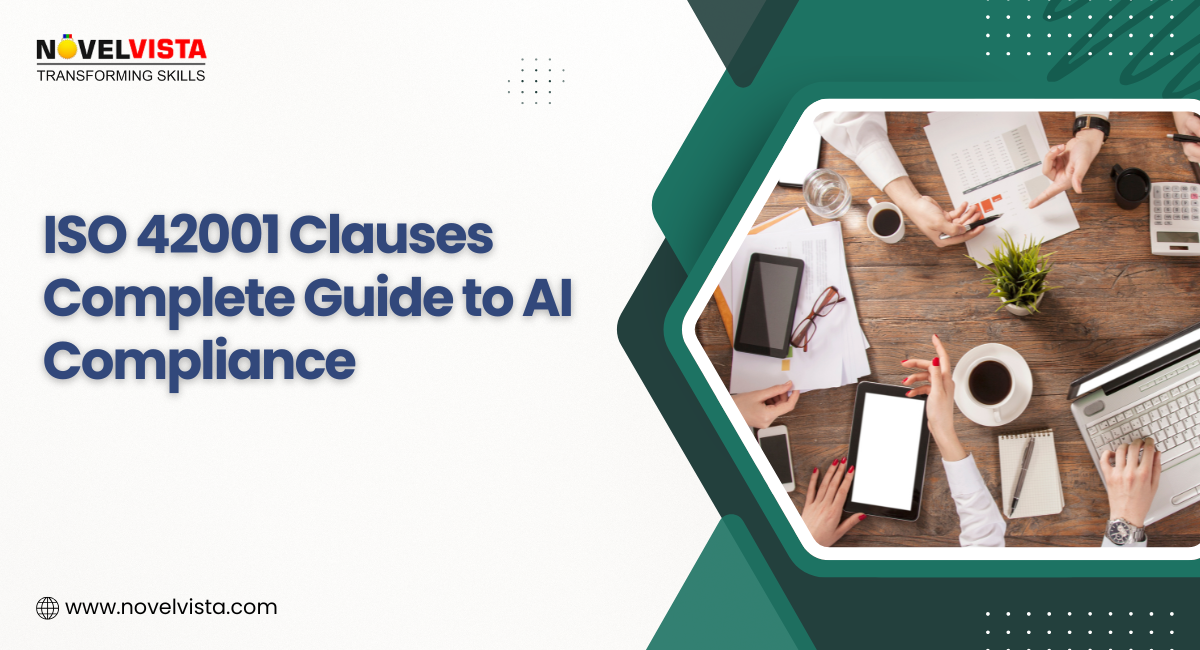
Artificial Intelligence (AI) is transforming industries worldwide, but with rapid adoption comes the urgent need for governance, compliance, and ethical management. ISO/IEC 42001:2023 is the world’s first AI Management System Standard, designed to help organizations manage AI risks, ensure responsible AI practices, and comply with global standards. One of the most important parts of this standard is its clauses, which outline the structure and requirements an organization must follow.
In this article, we’ll break down the ISO 42001 clauses, explain their purpose, and show how they help organizations achieve AI compliance.
What Are ISO 42001 Clauses?
ISO 42001 clauses are structured sections within the standard that guide organizations in building and maintaining an AI Management System (AIMS). Based on the Annex SL framework, these clauses cover aspects from understanding organizational context to continual improvement. Each clause ensures that AI systems are ethical, transparent, safe, and compliant with laws and regulations.
The Main Clauses of ISO 42001
The standard follows a logical sequence of clauses from 4 to 10. Here’s a breakdown:
Clause 4 – Context of the Organization
This clause focuses on understanding internal and external factors that affect AI systems, identifying stakeholders, and defining the scope of the AI management system.
Clause 5 – Leadership
Leadership is critical in ensuring AI compliance. This clause highlights top management responsibilities, including setting an AI policy, defining roles, and demonstrating commitment to responsible AI use.
Clause 6 – Planning
Clause 6 addresses AI risk assessment, opportunities, objectives, and planning changes. It ensures that risks are managed and opportunities are leveraged for better AI performance.
Clause 7 – Support
Resources, competence, awareness, communication, and documented information all fall under this clause. It ensures teams are trained, resources are allocated, and documentation is maintained.
Clause 8 – Operation
This is where the AI system is implemented and controlled. It includes operational planning, AI risk treatment, and AI system impact assessment.
Clause 9 – Performance Evaluation
Monitoring, measurement, analysis, evaluation, internal audits, and management reviews are covered here. This ensures AI systems remain effective and compliant.
Clause 10 – Improvement
The final clause focuses on continual improvement and corrective actions to address nonconformities in AI systems.
Why These Clauses Matter for AI Compliance
AI is a double-edged sword—capable of great innovation but also carrying significant risks. ISO 42001 clauses help organizations:
Build trust by ensuring responsible AI practices
Comply with national and international AI regulations
Reduce legal and reputational risks
Implement clear AI governance structures
Continuously monitor and improve AI performance
By following these clauses, companies not only protect themselves from compliance issues but also gain a competitive advantage in the AI-driven market.
Annexes in ISO 42001
Alongside the clauses, ISO 42001 includes Annexes A–D, which provide additional guidance and control measures for AI systems. These annexes detail control objectives, give implementation advice, identify AI-related risks, and offer integration tips with other management systems such as ISO 9001 and ISO 27001.
How to Implement ISO 42001 Clauses Effectively
Implementing ISO 42001 requires:
Gap Analysis – Identify current compliance gaps.
Training – Ensure employees understand the standard and its clauses.
Policy Development – Create AI governance and ethics policies.
Risk Management – Conduct AI risk and impact assessments.
Auditing – Perform regular internal audits to check compliance.
Continuous Improvement – Actively monitor AI systems and refine processes.
For professionals responsible for AI compliance, gaining specialized knowledge through certifications is highly beneficial. For example, the ISO 42001 Lead Auditor Certification equips individuals with the skills to audit and implement the standard effectively, ensuring long-term compliance and operational excellence.
Final Thoughts
ISO 42001 is a groundbreaking standard that sets a global benchmark for managing AI responsibly. Its clauses offer a step-by-step framework to help organizations create ethical, compliant, and efficient AI systems. By understanding and applying each clause, businesses can reduce risks, enhance trust, and meet global regulatory expectations.
Whether you’re just starting your AI journey or looking to strengthen your compliance framework, mastering the ISO 42001 clauses is an essential step. With proper training, documentation, and commitment from leadership, your organization can not only comply with AI regulations but also lead in responsible AI innovation.

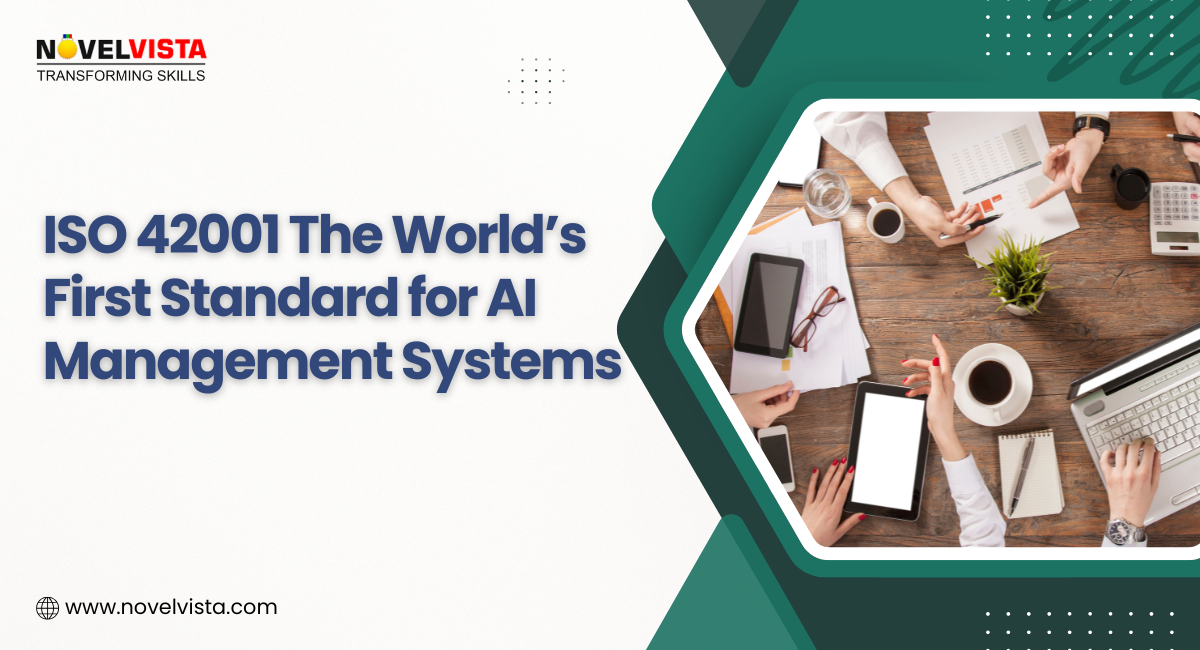
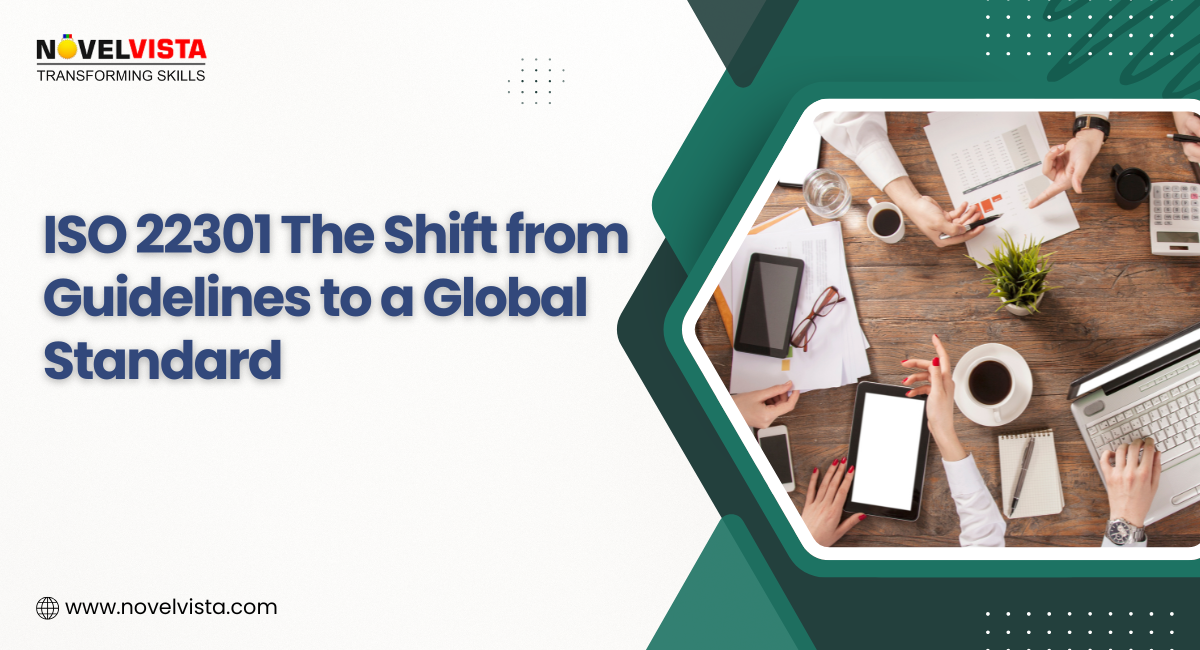


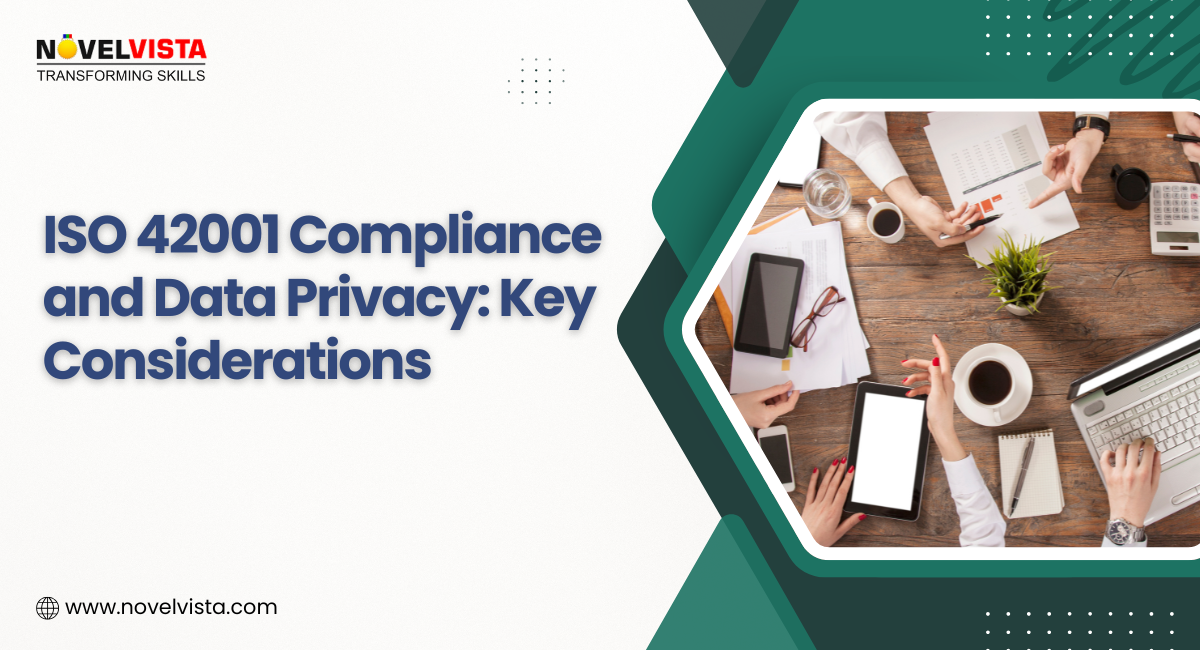
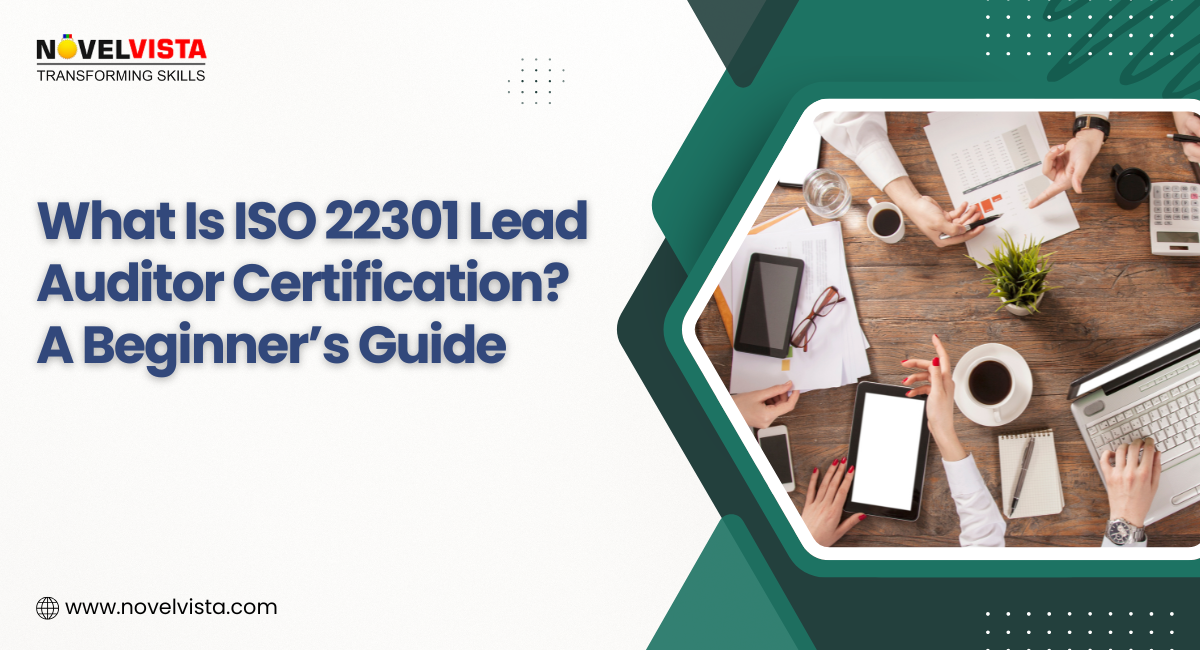

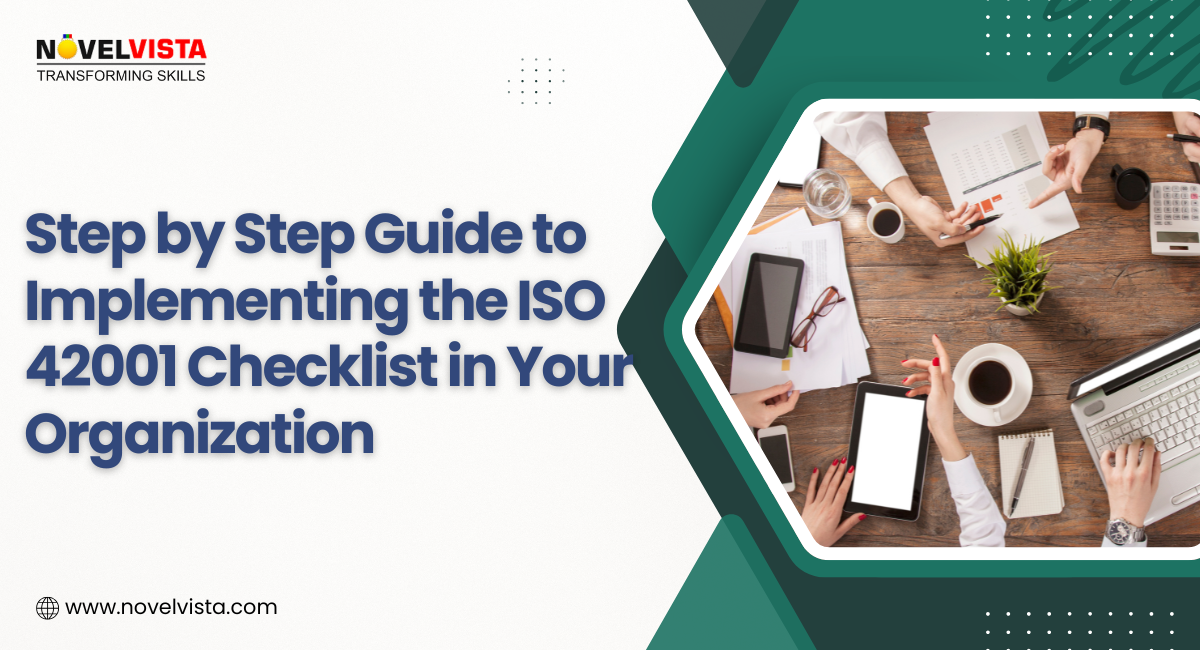

Write a comment ...